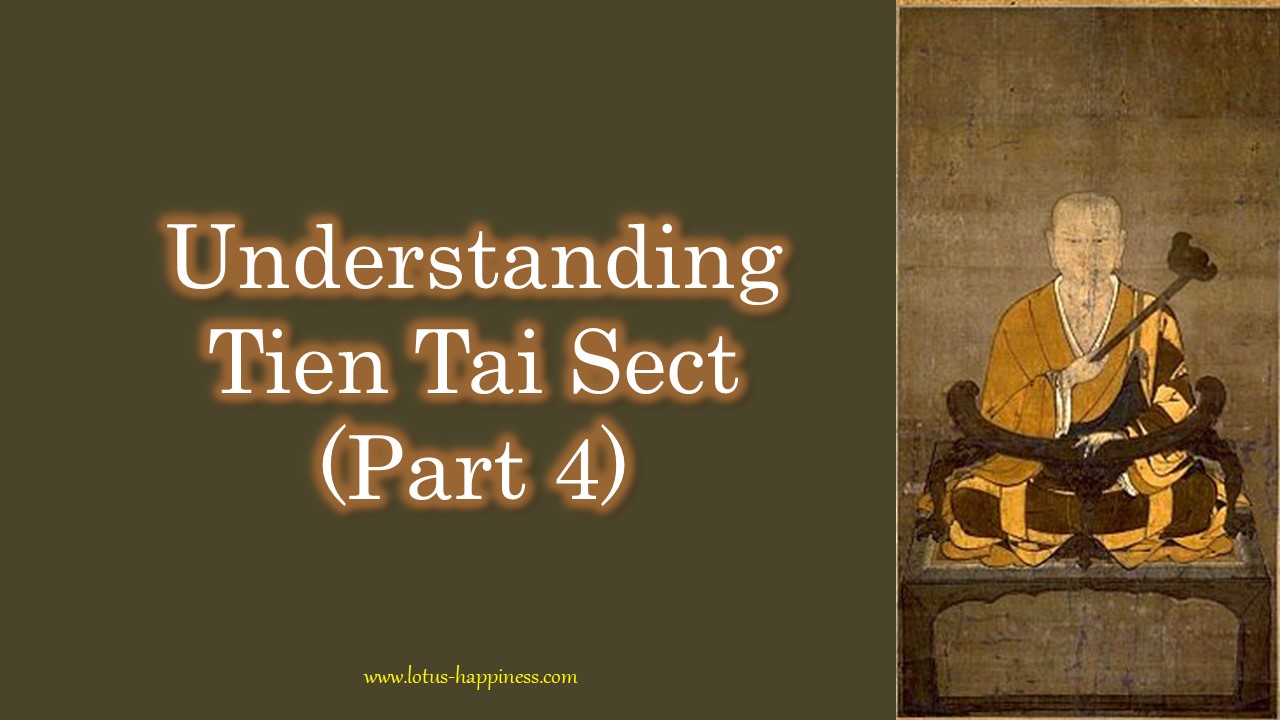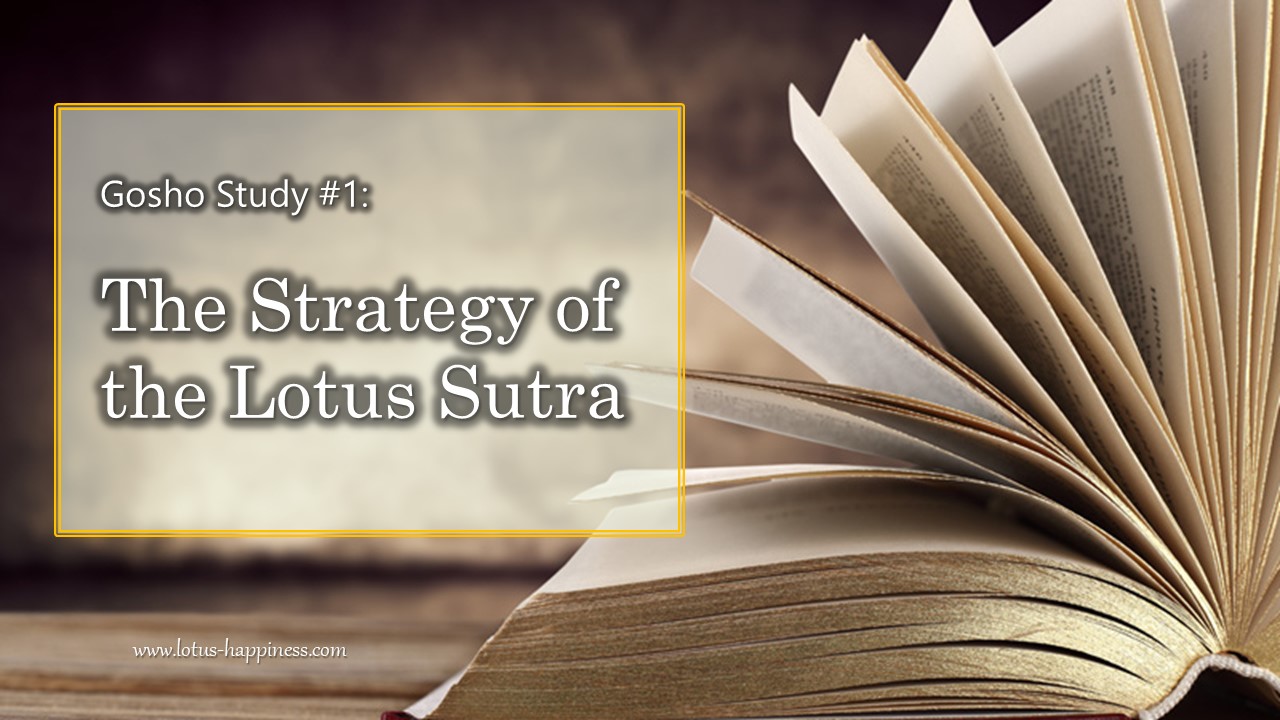
Gosho Study #5: On Reprimanding Hachiman
Now for the past twenty-eight years, since the fifth year of the Kencho era [1253], cyclical sign mizunoto-ushi, the twenty-eighth day of the fourth month, until the present, the twelfth month of the third year of the Koan era [1280], cyclical sign kanoe-tatsu, I, Nichiren, have done nothing else, but have laboured solely to put the five or seven characters of Myoho-renge-kyo into the mouths of all the living beings of the country of Japan. In doing so. I have shown the kind of compassion that a mother does when she labours to put milk into the mouth of her infant child. (The Writings of Nichiren Daishonin-2, 931)
The Practice of Propagation is An Expression of Compassion
Nichiren wrote this work at Minobu in December 1280 and addressed it to the body of his followers. Hachiman, the subject of this letter, is a major god in Japan and had a special significance to the Kamakura shogunate as its patron deity.
One month before this writing in November, a fire destroyed the Hachiman shrine at Tsurugaoka in Kamakura. It was a critical time for the shogunate as the Mongol Empire was preparing for a second invasion of Japan. The burning of the shrine to the patron deity of the Kamakura regime was thus, a cause of widespread alarm.
In this writing, Nichiren addresses the significance of events such as the burning of the Hachiman shrine and the Mongol invasion of Japan from the viewpoint of Buddhism, particularly the Lotus Sutra. Nichiren reprimands Hachiman for his negligence in failing to protect the Lotus Sutra and its votary, Nichiren. Hachiman was believed to have vowed before the Buddha to protect those who uphold and propagate the Lotus Sutra. But because he has failed to do so, Nichiren asserts, major gods such as Brahma and Shakra have seen fit to punish Hachiman by burning his shrine. Nichiren strictly admonishes Hachiman to lend protection to the votary of the Lotus Sutra.
This passage is where Nichiren Daishonin teaches on propagation, a practice based on the spirit of compassion to realize the salvation of all people.
On April 28, 1253 (fifth year of the Kencho era), Nichiren proclaimed his teaching of Nam-myoho-renge-kyo for the first time. Nichiren was fully aware that great persecutions would certainly befall him by so doing but he was prepared to confront every oppression based on the vow to never regress in his endeavour to lead all people to enlightenment.
In fact, when Nichiren started to propagate the teachings of the Mystic Law and refute the erroneous teachings, he encountered a succession of life-threatening persecutions one after another. However, Nichiren did not retreat even a single step and continued to strive single-mindedly for the realization of kosen-rufu. This is what Nichiren is referring to when he says, “Now for the past twenty-eight years,… I, Nichiren, have done nothing else….”
Nichiren then describes the spirit with which he had struggled to propagate the Mystic Law so that all living beings can attain enlightenment by using the example of the kind of profound compassion that a mother does when she labours to put milk into the mouth of her infant child.
Key points of the Gosho passage:
- This passage is where Nichiren Daishonin teaches on propagation, a practice based on the spirit of compassion to realize the salvation of all people.
- On April 28, 1253, Nichiren Daishonin proclaimed his teaching of Nam-myoho-renge-kyo for the first time. Nichiren was fully aware that great persecutions would certainly befall him by so doing but he was prepared to confront every oppression based on the vow to never regress in his endeavour to lead all people to enlightenment.
- In fact, when Nichiren started to propagate the teachings of the Mystic Law and refute the erroneous teachings, he encountered a succession of life-threatening persecutions one after another.
- However, Nichiren did not retreat even a single step and continued to strive single-mindedly for the realization of kosen-rufu.
- Nichiren then describes the spirit with which he had struggled to propagate the Mystic Law so that all living beings can attain enlightenment by using the example of the kind of profound compassion that a mother does when she labours to put milk into the mouth of her infant child.











